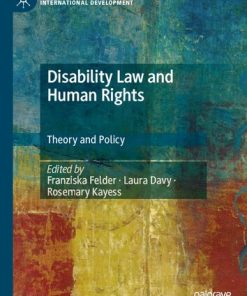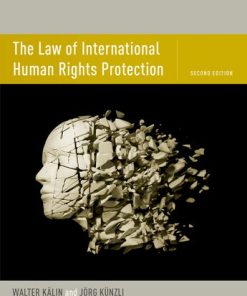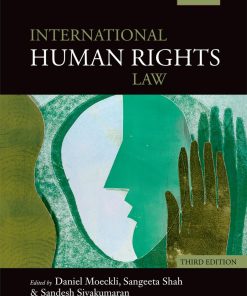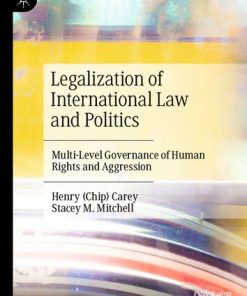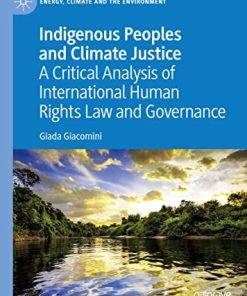Contentious Compliance Dissent And Repression Under International Human Rights Law 1st edition by Courtenay Conrad, Emily Hencken Ritter 0190911003 9780190911003
$50.00 Original price was: $50.00.$25.00Current price is: $25.00.
Contentious Compliance: Dissent And Repression Under International Human Rights Law 1st edition by Courtenay R. Conrad, Emily Hencken Ritter – Ebook PDF Instant Download/DeliveryISBN: 0190911003, 9780190911003
Full download Contentious Compliance: Dissent And Repression Under International Human Rights Law 1st edition after payment.
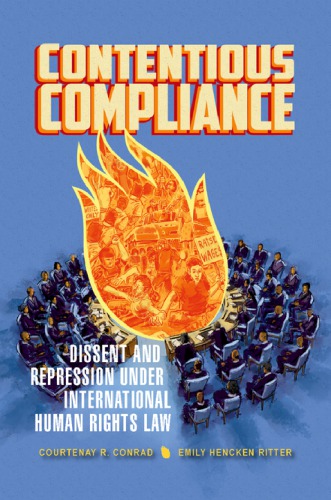
Product details:
ISBN-10 : 0190911003
ISBN-13 : 9780190911003
Author : Courtenay R. Conrad, Emily Hencken Ritter
Do international human rights treaties constrain governments from repressing their populations and violating rights? In Contentious Compliance, Courtenay R. Conrad and Emily Hencken Ritter present a new theory of human rights treaty effects founded on the idea that governments repress as part of a domestic conflict with potential or actual dissidents. By introducing dissent like peaceful protests, strikes, boycotts, or direct violent attacks on government, their theory improves understanding of when states will violate rights-and when international laws will work to protect people. Conrad and Ritter investigate the effect of international human rights treaties on domestic conflict and ultimately find that treaties improve human rights outcomes by altering the structure of conflict between political authorities and potential dissidents. A powerful, careful, and empirically sophisticated rejoinder to the critics of international human rights law, Contentious Compliance offers new insights and analyses that will reshape our thinking on law and political violence.
Contentious Compliance: Dissent And Repression Under International Human Rights Law 1st Table of contents:
1. Do Human Rights Treaties Protect Rights?
1.1 Treaties and the Incentive to Violate Human Rights
1.2 Contentious Compliance: The Argument
1.3 Contributions to Science and Practice
1.3.1 Human Rights Treaties and Repression
1.3.2 Human Rights Treaties and Dissent
1.3.3 Human Rights Treaties and the Law
1.3.4 Human Rights Treaties and Advocacy
1.4 Organization of the Book
Part I: A Theory of Conflict and Treaty Constraint
2. A Model of Conflict and Constraint
2.1 Institutions, Conflict, and Decision-Making
2.2 A Model of Treaty Obligations, Courts, and Conflict
2.2.1 The Effects and Costs of Repression and Dissent
2.2.2 The Expected Value of Power and the Consequences of Policy Control
2.2.3 Institutional Consequences for Government Repression
2.2.4 Summary of Theoretical Assumptions
2.3 Equilibrium Behavior
2.4 Appendix 1: Proofs of Formal Theory
2.4.1 Proof of Equilibrium Behavior
2.4.2 Comparative Statics
3. Empirical Implications of Treaty Effects on Conflict
3.1 Establishing the Baseline: Conflict Behaviors in the Absence of a Treaty
3.2 A Formal Comparison: Conflict Behaviors Under a Human Rights Treaty
3.3 Understanding Treaty Effects
3.4 Commitment to Human Rights Treaties in Expectation of Constraint
3.5 Summarizing the Theory
Part II: An Empirical Investigation of Conflict Treaty Constraint
4. Analyzing the Effect of Treaties on Repression and Dissent
4.1 Moving from Concepts to Measures
4.1.1 International Human Rights Treaty Obligation
4.1.2 Government Repression
4.1.3 Mobilized Dissent
4.1.4 Expected Value of Leader Retention
4.1.5 Probability of Domestic Litigation Consequences
4.1.6 Operational Hypotheses
4.2 Structural Requirements of Empirical Analysis
4.2.1 Counterfactual Comparison
4.2.2 Selection Bias
4.2.3 The Solution: A Two-Stage Treatment Estimator
4.2.4 Estimating Simultaneous Conflict Behaviors
5. Substantive Empirical Results: Government Repression
5.1 Presenting Results Based on Counterfactuals
5.2 Effect of CAT Obligation on Government Repression
5.2.1 Additional Test: Effect of OPCAT on Government Torture
5.3 Effect of ICCPR Obligation on Government Repression
5.3.1 Additional Test: Effect of ICCPR on Political Imprisonment
5.4 Effect of CEDAW Obligation on Government Repression
5.4.1 Additional Test: Effect of CEDAW on Women’s Social Rights
5.5 Summary of Findings: Government Repression
5.6 Appendix 2: Empirical Results for Government Repression
6. Substantive Empirical Results: Mobilized Dissent
6.1 Levels of Analysis & the Study of Mobilized Dissent
6.2 Effect of CAT Obligation on Mobilized Dissent
6.2.1 Additional Test: Alternative Measure of Leader Security
6.3 Effect of ICCPR Obligation on Mobilized Dissent
6.3.1 Additional Test: Alternative Exclusion Restriction Specification
6.4 Effect of CEDAW Obligation on Mobilized Dissent
6.4.1 Additional Test: Alternative Measure of Mobilized Dissent
6.5 Summary of Findings: Mobilized Dissent
6.6 Appendix 3: Empirical Results for Mobilized Dissent
Part III: Conclusion
7. Conclusion: Human Rights Treaties (Sometimes) Protect Rights
7.1 A (More) Complete Picture of Domestic Conflict
7.1.1 Human Rights Treaties and Conflict
7.1.2 Treaty Constraint Despite Selection
7.2 The Effect of Treaty Status on Popular Expectations
7.2.1 The Conditioning Effect of Political Survival
7.3 Extending the Theory
7.3.1 Variance in Treaty Effectiveness
7.3.2 Other Domestic Institutional Constraints
7.3.3 Other International Institutional Constraints
7.4 A Final Note on Policy Prescriptions
Part IV: Appendix
People also search for Contentious Compliance: Dissent And Repression Under International Human Rights Law 1st:
content compliance
continued compliance
dt compliance
d4c compliance
fact compliance
Tags: Contentious Compliance, Dissent, Repression Under, Human Rights, Courtenay Conrad, Emily Hencken Ritter
You may also like…
Jurisprudence & Law
Politics & Philosophy - Social Sciences
Jurisprudence & Law
Jurisprudence & Law - Foreign & International Law
The Law of International Human Rights Protection 2nd Edition Walter Kälin
Jurisprudence & Law - Foreign & International Law
Jurisprudence & Law - Foreign & International Law
Disability in International Human Rights Law Gauthier De Beco
Politics & Philosophy - Anthropology
Politics & Philosophy - Government & Politics
Jurisprudence & Law - Environmental Law




